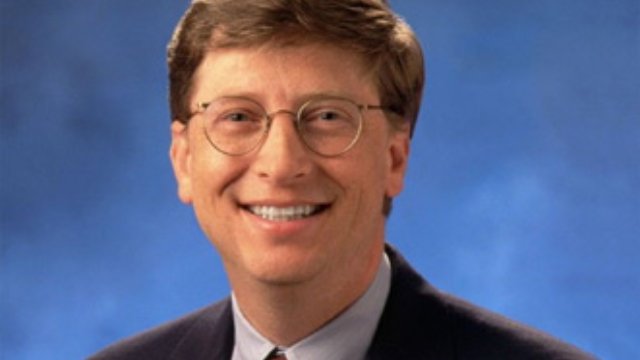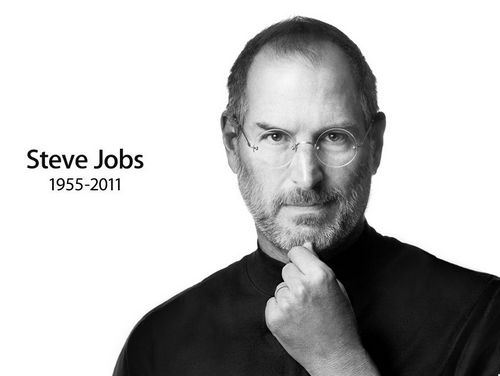Twenty years ago, Dell Computer Inc. started from a single office. Today, it is the third largest manufacturer of personal computers in the United States. The struggle of its founder, Michael Dell, a young giant of the American computer industry, is an amazing success story. His perseverance, scientific creativity, business acumen and competitive market sense have made him a leading young entrepreneur of the modern era and a model for entrepreneurs to emulate.
During the summer holidays, at the age of 16, Dell was offered a job as a newspaper subscription salesman. With his hard work and ingenuity Dell gained thousands of subscribers and became a major seller of the Houston Post, and a new passion, computers, which opened his eyes for the first time at the 1982 National Computer Conference in Houston.
On January 2, 1984, Dell registered PC Ltd. and advertised in the local newspaper, already earning $50,000 to $80,000 a month. in May, the first year course exams were completed and Dell Computers was incorporated with $1,000 in registered capital. The factory was also moved from the dormitory to a 1,000 square foot office. The business was booming and Dell decided to take a break from school. Because of university rules, he could take a semester off. If business was bad, he could still drop out. But in reality, this withdrawal set Dell on a path of no return for the PC industry.
At that time, Chip Technology (CT) company just launched the chip, the original need for more than 200 chips PC condensed into 5 to 6 ASIC chips, so Dell saves the work of the computer greatly simplified. 286 microprocessors were introduced, Dell in time to catch up, began to independently design and manufacture their own brand of computer. As a result, the factory moved just one month later and had to move to another 2,350 sq ft. 4-5 months later, it expanded again to 7,200 sq ft. By 1985, it had reached 30,000 square feet. The company was in desperate need of capital for its rapid growth, and in 1986 Lee Walker joined the company as president, securing a large sum of money from Texas Commerce Bank.

By 1986, Dell's annual revenues had reached $60 million. By March 1987, at the age of 22, Dell had been named the 1986 Young Entrepreneur of the Year by the American Academy of Entrepreneurs, thereby standing out in the American business world. That's when a bigger plan came to mind: to expand globally. It seemed like a crazy idea for a young company, and Dell carefully targeted Canada, the United Kingdom, Germany and France. In 1987, when the British branch was founded, 22 journalists attended the inaugural meeting, 21 of whom predicted Dell would fail because no one in Britain would buy computers directly from the manufacturer. Go home, they said. But by 1998, the UK branch was $2 billion in size.
It was time to think about going public. A listing would raise money and give credibility to suppliers and large customers, and Dell and Lee met together with representatives of the investment banks at the company's headquarters. It was a battle of words, and Dell found himself getting better and better at telling the company's story, which was exactly what the bankers wanted.
In October 1987, the company was ready to raise $20 million in public funding, and just as it was about to launch, the stock market crashed. I thought we were dead, but a miracle happened and on that Black Monday morning Dell raised $23 million and in June 1988 Dell went public, raising $30 million and reaching a market value of $85 million. This was a new business idea. $1,000 and a university dormitory, which after three years of development became legendary in the hands of Dell.

In the late 1980s, Dell started wholly owned subsidiaries in Canada and then West Germany. Bold changes to the company structure followed, providing a more effective worldwide unified product resource and allowing sales and marketing packages to be centralized. 1989 saw Dell revenues of US$250 million. As global sales grew, subsidiaries and offices were opened in France, Switzerland, Ireland and a number of other European countries, and a European manufacturing center was established in Ireland in March 1991.
In the early 1990s, Dell's growth was like a wild horse, with revenues increasing by an average of 97% per annum and net profits reaching 166%. For Dell, it seemed that the only task was growth. But hidden problems began to emerge. The company had started with zero inventory, but by 1989, in order to expand, the company's coffers began to fill up as well, greatly diminishing the company's original strengths. The company released the Olympic series, a product that added many new technologies and features that were not really in demand by users. By April 1992, Dell had made it into Happiness magazine's list of the top 500 companies in the US, but it was also the year that the problems finally broke out.

Dell put the pursuit of growth above everything else, but no one understood how the numbers were actually increasing, while the company's infrastructure and management couldn't keep up with the operational side of things, and the whole company spiraled out of control. In order to still maintain the growth rate, the company decided to enter the usual retail channels again, resulting in a quarterly loss and a plummeting stock price.
In the late 1980s, when the company had an annual turnover of US$250 million, Dell decided to withdraw from the retail channel and shift the company's focus to the more experienced and profitable corporate and government institutional markets, saying: "We understood that it was time to get out of the retail channel and concentrate on what Dell does best. " Since then, Dell has been growing consistently by more than 50% again.
In 1998, Dell's revenues reached $18 billion. It produced a miraculous 36,000% rise in the company's market value in ten years, including a 200% rise in 1998 alone, making it the leader among PC manufacturers.
















